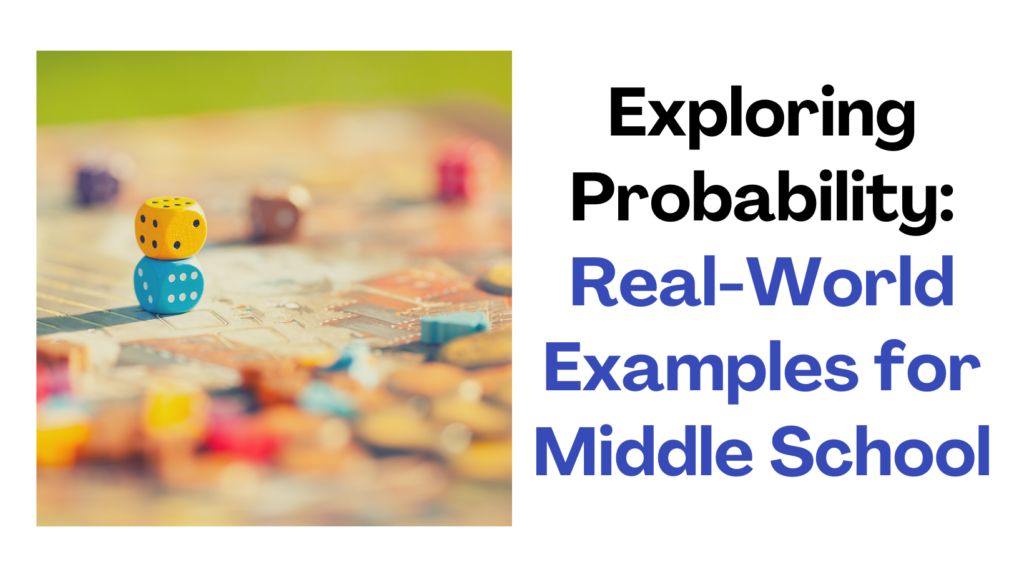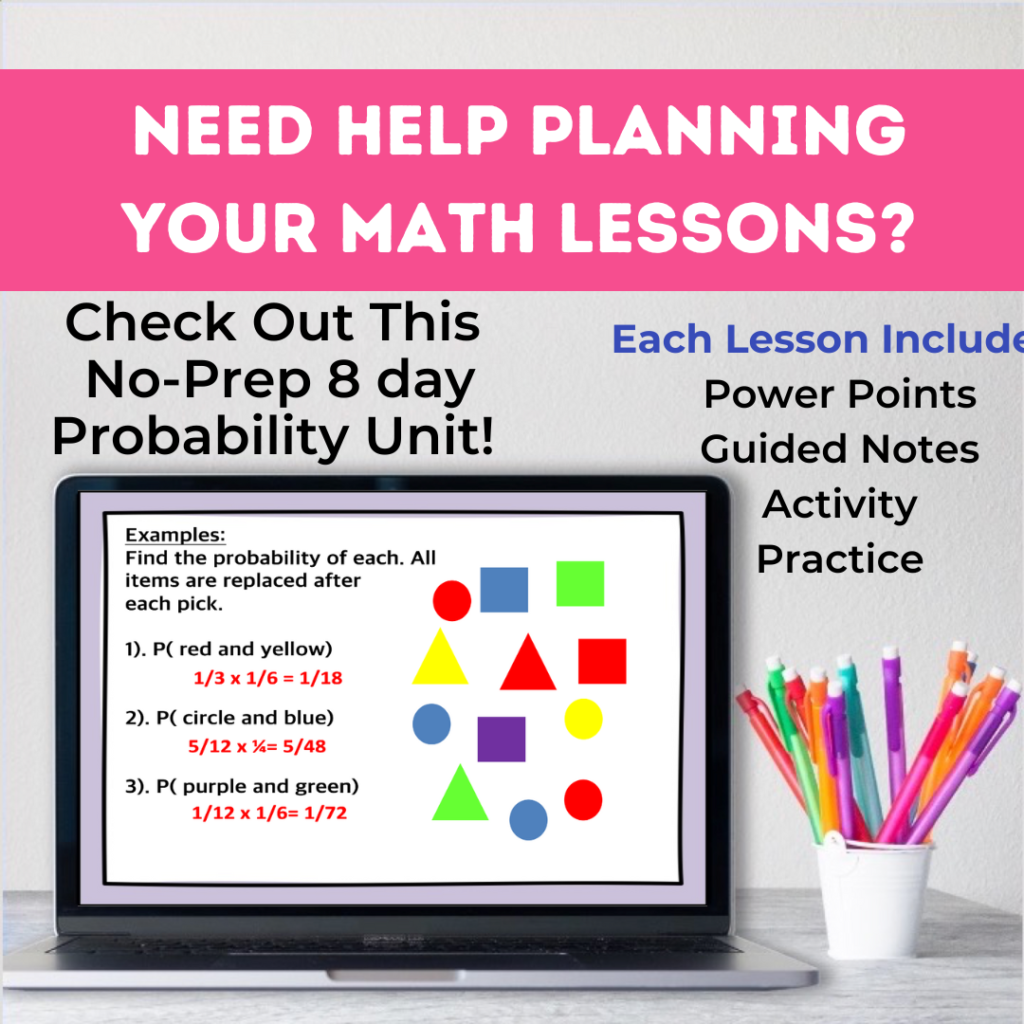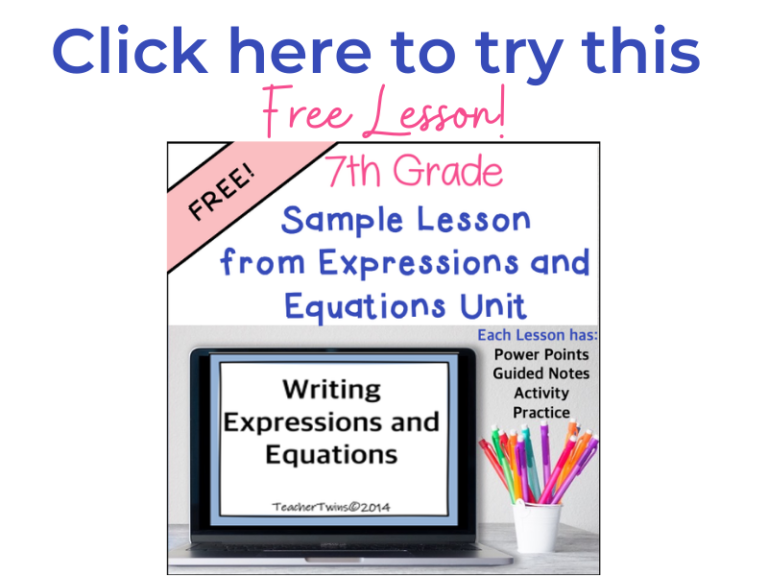
Teaching probability in middle school can be challenging for teachers and students. But what if there was a way to make it fun and relatable? In this article, we will explore how to incorporate real-world examples into your probability lessons, making them more engaging and meaningful for your students.
Do your students ask “Why are we learning this? I know I have heard this many times in my classroom. By teaching probability through real-world examples, students can develop a better understanding of how it applies to their everyday lives. Whether it’s analyzing the chances of winning a game or predicting the weather, probability will become a practical skill that students can use all the time.
When you teach probability through real-world examples it is not only more engaging but it is also more effective. So, let’s discover how to bring the world of probability to life for your students.
Benefits of Teaching Probability Through Real World Examples
Most methods of teaching probability involve abstract examples and hypothetical situations. This can make the concept of probability seem disconnected from students’ lives. Using examples of probability in the real-world, allows teachers to make the concept more relatable to students. When students see the relevance of probability in their lives they become more engaged and motivated to learn. Real-world examples also provide opportunities for problem solving and critical thinking as students analyze and interpret data in a context they can understand.
Ideas for Teaching Probability with Real World Examples
Many real-world examples can be used to teach probability in middle school. One example is to analyze the chances of winning a game. Students can calculate the probability of a team winning by analyzing historical data and team statistics. This helps strengthen their understanding of probability and also allows them to think critically.
Another example of probability in the real world is predicting the weather. Students can gather data from weather websites to analyze weather conditions. By using historical weather patterns they can calculate the chances of a sunny, rainy or snowy day.
Activities for Teaching Probability
To make teaching probability more engaging you can incorporate many real-world problems into your lessons. One activity is to conduct experiments and collect data. Students can design an experiment based on a real-life situation and collect data from the experiment. Then they can use their data to calculate probabilities.
Possible Probability Experiments (Find the probability of …)
- Making a free throw.
- Flipping a bottle.
- Someone being absent from school.
- Cafeteria serving pizza for lunch.
- Going outside in gym class.
Once a topic has been selected you or your students need to design a way to collect and record data. Make sure the results are reliable by controlling variables when collecting data. After the data has been recorded students can use it to determine the probability of the event happening. Discuss the validity of the results as well.
Another real-world activity students can do is research data recorded in the past and use it to determine probability. For example, students can research weather data where they live, and use it to help determine the probability of certain events (snow, rain, storms). They can use the data to predict the weather for a period of time and analyze their results.
Conclusion
In conclusion, teaching probability through real-world examples is not only a more engaging approach but also a more effective one. Students can gain a deeper understanding of probability if they are able to see how it is used in everyday life. Embrace the world of probability and bring it to life in the middle school classroom. Your students will thank you!



